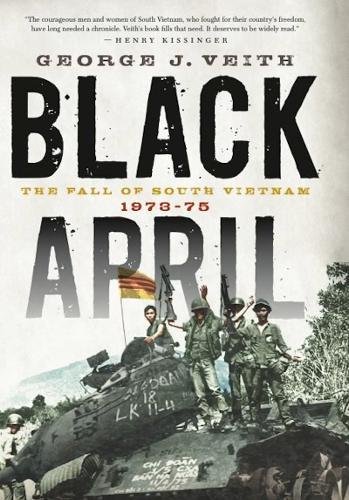I bought the book Black April: The Fall of South Vietnam, 1973-1975 back in 2012. Given my father served two tours of duty in South Vietnam and I know many veterans from that war, that period has always been of historical interest to me.

I’m not sure if I finished reading Black April or not but I definitely need to go back and re-read it. That is especially true when I see photos like these.


Currently, I’m reading Valley of Decision: The Siege of Khe Sanh. I’m reading it because of the parallels between fight for Khe Sanh and the fight for the Korengal Valley including the Korengal Valley Outpost. They both involved mountain-top outposts that many US troops died to defend which the top brass decided to eventually just abandon. My best friend’s son served as the company XO for the next to last company (Viper Company, 1-26 INF, 3 BCT, 1 ID) to occupy the Korengal Valley and wrote about it in this article for Foreign Policy. John eventually transitioned to the Maryland National Guard where he serves as a LTC in a Information Operations unit.

